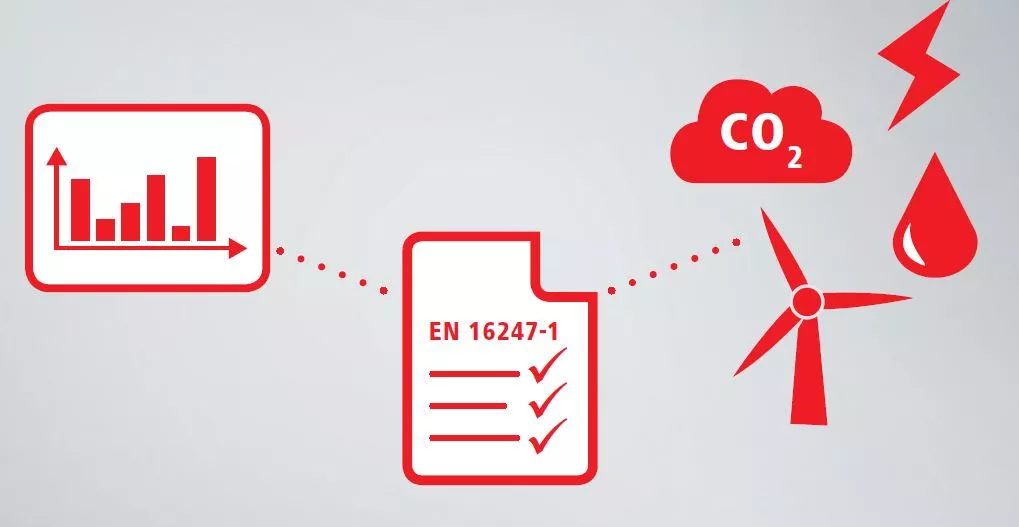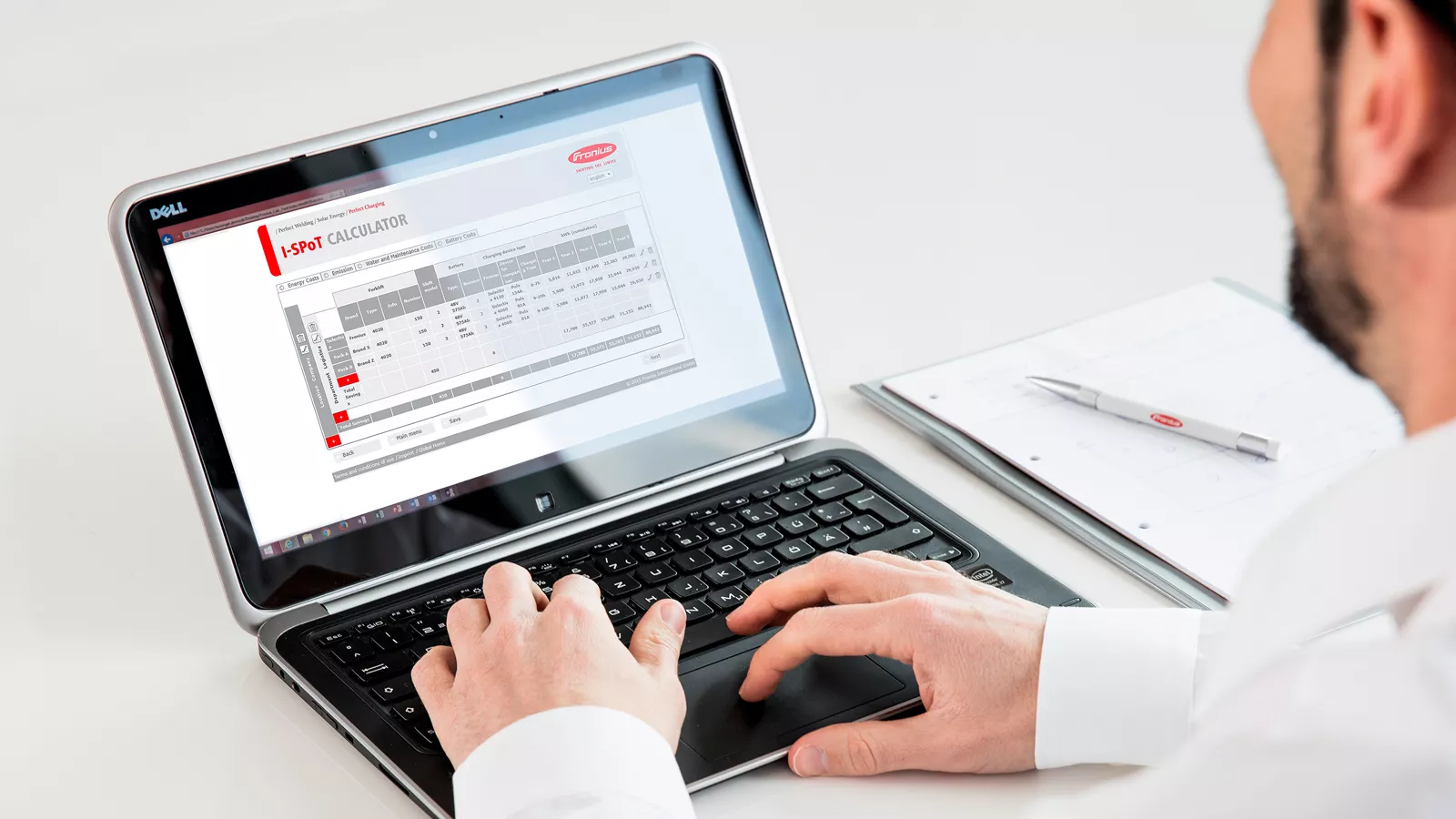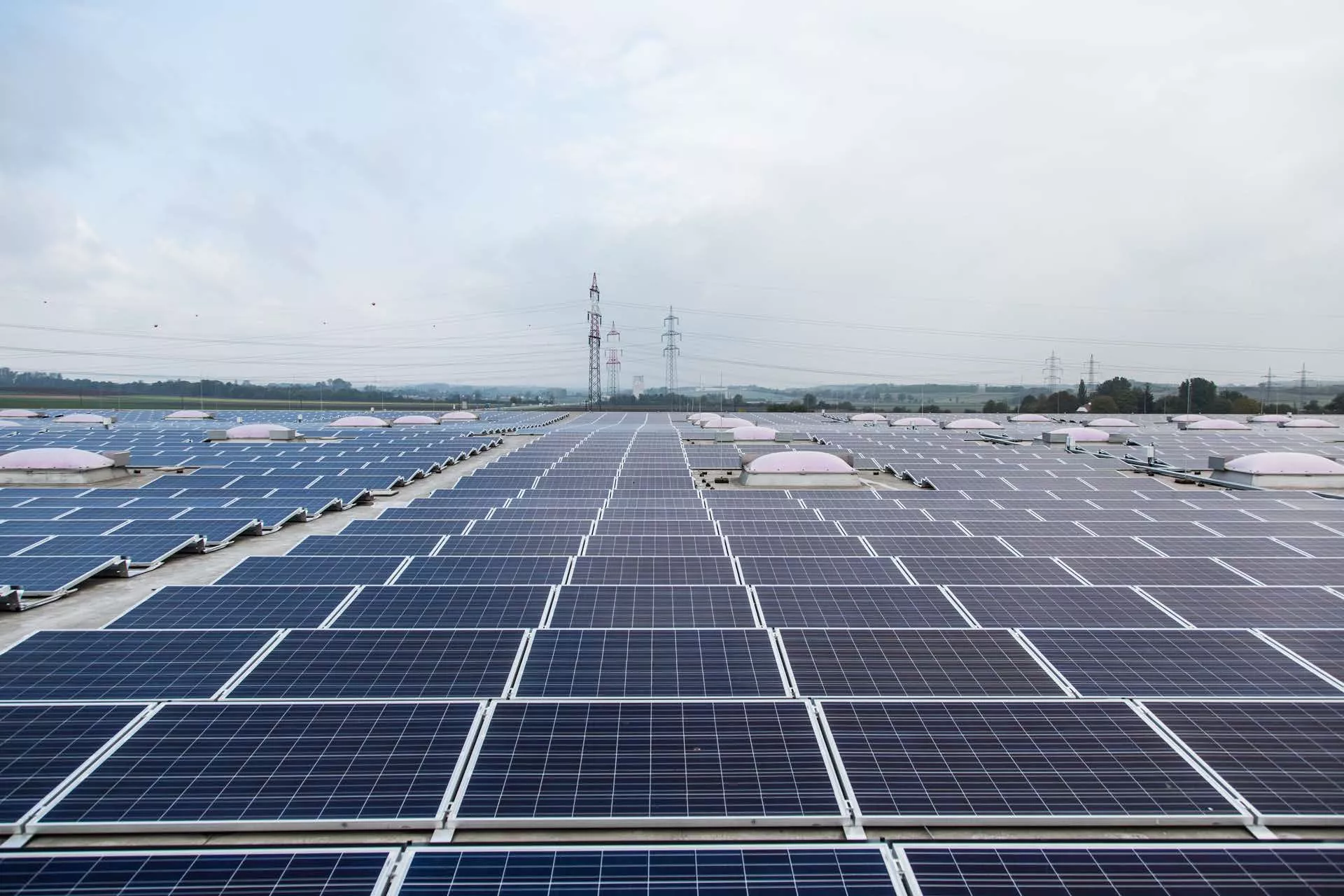Energy-efficiency legislation and initiatives
Energy efficiency is currently a hot topic in the corridors of power. Over recent years, a number of different agreements, directives and laws have all come into force with a single goal: to generate and consume energy efficiently and sustainably in order to help protect the environment.
Directives seek to reduce energy consumption

At the 21st United Nations Climate Change Conference held in Paris in December 2015, an agreement to combat climate change was reached between 196 states. For the first time ever, this agreement is mandatory for all parties. It states that global warming should be restricted to less than two degrees and that the emission and absorption of greenhouse gasses should balance each other out by the second half of the century.
New directives to cut energy consumption and avoid energy waste have also been announced in the European Union. These directives have not only been designed to boost competitiveness and energy security, but also to ensure that the bloc meets its obligations from the Kyoto Protocol.
By 2020, the EU wants to have cut its annual consumption of primary energy by 20 percent. Member states such as Germany and Austria have already introduced new energy efficiency legislation on this basis, while non-EU countries, such as Switzerland, are increasingly seeing national initiatives and energy efficiency networks coming to the fore. Individual companies and institutions are also helping each other to boost their energy efficiency through a dedicated exchange of experiences and ideas.

Commercial consequences
For companies, the consequences of the new legislation range far and wide. They are now bound by law to take concrete steps to prove they are cutting their energy consumption, be it through regular energy audits or through the introduction of an ISO 50001 energy management system. The goal for the individual firms is clearly defined: greater energy efficiency translates into greater competitiveness, thereby securing their position on the national or international market.
Potential energy savings can be found in a number of different areas. Take intralogistics, for example. Operators of electrically-powered forklift trucks can harness savings by adopting a meticulous approach to analysing the entire three-part system, comprising the forklift truck, battery and battery charging system. After all, a large part of a company's power consumption is often attributable to the internal flow of materials on the forklift truck fleet. When operating electric forklift trucks, simply choosing the correct battery charging technology can have a significant role in making the system more frugal as a whole. Fronius supports its customers throughout the entire service chain, from analysing the current situation and the savings potential through to the planning, design and commissioning of the optimum charging infrastructure. Fronius also remains on hand to provide maintenance, repair and continuous optimisation services.
With innovative products, customised complete solutions and an extensive range of services from Fronius, customers can enjoy greatly reduced energy consumption and far lower operating costs in their logistics operations.

Saving energy with the right charging technology
Selectiva battery charging systems from Fronius with the new Ri charging process offer a clear advantage. Not only do they reduce overcharging and energy loss during the charging process, but they also extend the battery's service life. With a total efficiency of up to 84 percent, the Fronius devices reduce energy consumption considerably, thus helping the operator to maintain compliance with the energy efficiency regulations.
Fronius also offers users a free analysis and energy consultation. Using the I-SPoT Calculator software tool, our experts can calculate the total operating costs (costs over lifetime) and determine ways to minimise energy consumption using the Ri charging process – in detail and tailored to individual company sites and departments. For users who already rely on charging technology from Fronius, the Fronius I-SPoT Viewer provides the perfect overview of their charging data and battery cycles to allow further optimisation of their intralogistics operation. By presenting the charging process data in graph form, the visualisation tool allows operator errors, incorrect device settings or battery faults to be quickly identified and corrected.
Considerable savings can also be unleashed in the energy supply for the internal flow of materials. Combining a photovoltaic system with the modern battery charging technology from Fronius allows the electric forklift trucks to be powered exclusively with self-generated energy, creating a remarkably cost-effective operation. Fronius has the answer to both requirements in the form of an individual complete solution from a single source – and with Fronius quality all the way from the inverter to the energy storage unit to the battery charging system.
Furthermore, Fronius is repeatedly setting new standards as it constantly drives forward research and development in this field, such as the HyLOG Fleet project, in which the forklift trucks are driven by a hydrogen-powered PEM fuel cell. As the technology and innovation leader, Fronius supports and promotes sustainability in your company's internal material flow. Recovery of costs through high levels of energy efficiency, permanently low operating costs and CO2 emissions plus the optimisation of your battery charging processes are just some of the many advantages Fronius can provide.



